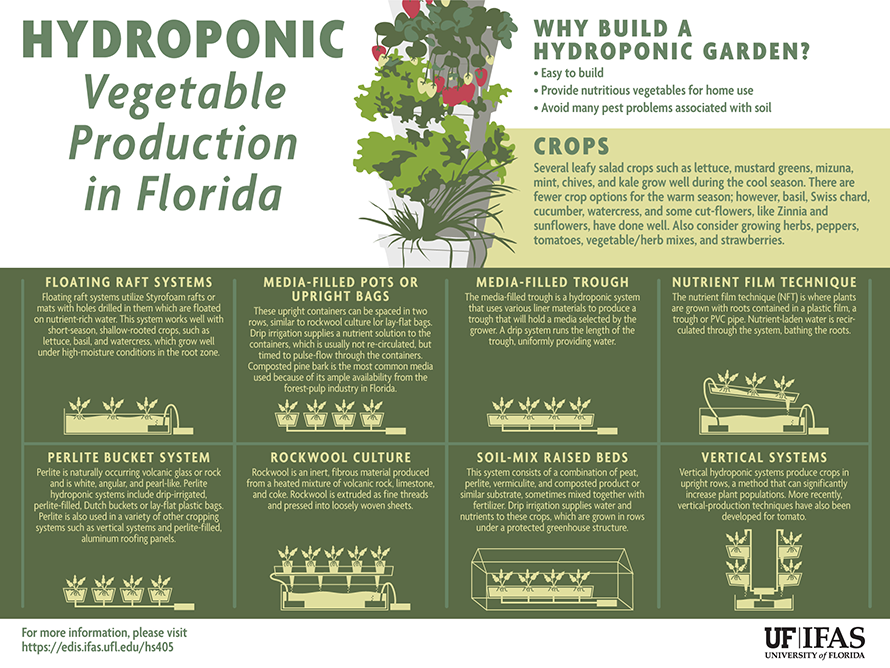The Ecological Impacts Of Reducing Trees: Secret Insights You Need To Think About
The Ecological Impacts Of Reducing Trees: Secret Insights You Need To Think About
Blog Article
Uploaded By-Marks Kay
When it comes to the ecological impact of tree removal, there are essential elements that require your attention. From the elaborate internet of relationships within communities to the subsequent results on climate patterns, the effects are extensive. You could be amazed to discover the complex ways in which the removal of trees can reverberate throughout the environment. Remain tuned to unravel the detailed connections and ramifications of this relatively simple act.
Deforestation and Environment Loss
Logging and environment loss are vital concerns coming from tree elimination. When trees are reduced, it interrupts entire ecological communities. Not only are the trees themselves lost, but the homes and food sources of countless plant and pet varieties are damaged as well. Birds lose their nesting websites, creatures shed their shelter, and bugs shed their habitats. The impacts surge via the food cycle, affecting killers and target alike.
Furthermore, deforestation contributes to climate modification. Trees play an important duty in taking in co2, a greenhouse gas that catches warmth in the ambience. With less trees, there's less carbon dioxide absorption, leading to enhanced levels of this gas in the atmosphere and exacerbating international warming.
Environment loss is a straight outcome of logging, as the damage of woodlands implies the loss of distinct and diverse environments. Several varieties are not able to adjust to fast adjustments in their setting, causing populace declines and, sometimes, extinction.
Protecting forests is vital to maintaining the fragile equilibrium of nature and making sure the survival of many plant and animal types.
Impact on Biodiversity
The elimination of trees has a considerable effect on biodiversity, affecting the variety and abundance of plant and pet species in an area. Trees provide environment and food sources for many microorganisms, from bugs to birds to creatures. When trees are eliminated, these species shed their homes and sources of food, leading to a decrease in their populations. This interruption can have plunging results on the entire ecological community.
Moreover, trees play an essential role in preserving biodiversity by creating microhabitats within their covers, trunks, and origins that sustain a vast array of species. When trees are lowered, these specialized environments are ruined, lowering the general variety of the location.
Additionally, the removal of trees can cause a decrease in hereditary diversity within plant populaces, as certain tree types might no longer be able to replicate or disperse successfully. Safeguarding trees and forests is vital for maintaining biodiversity and ensuring the health and wellness of ecosystems for future generations.
Dirt Erosion and Climate Modification
With trees being removed from a location, the interruption of soil structure and security occurs, causing raised dirt disintegration. Trees play a critical role in preventing disintegration by holding soil in position with their root systems. When trees are eliminated, especially in great deals, the dirt comes to be extra vulnerable to disintegration from wind and water. This disintegration not only influences the immediate environments yet can likewise result in sedimentation in close-by water bodies, affecting water high quality and aquatic environments.
Additionally, recommended you read aid control the environment by soaking up co2 during photosynthesis. When trees are cut down, this all-natural carbon sink is decreased, contributing to raised degrees of greenhouse gases in the atmosphere. This can worsen environment adjustment, resulting in more extreme climate events and interruptions in ecological communities worldwide.
As a result, the removal of trees not only increases dirt disintegration yet additionally plays a role in the bigger environmental issue of environment adjustment. https://www.columbian.com/news/2019/nov/15/to-help-the-planet-and-urban-forest-you-can-plant-a-tree-and-here-are-some-tips/ to think about these aspects when evaluating the effects of tree removal on the setting.
Verdict
Since you know the ecological influence of tree removal, consider the repercussions before lowering trees. Deforestation disrupts environments, decreases biodiversity, and adds to dirt erosion and climate change. By bearing in mind the impact of tree elimination, you can help protect our environment and preserve the delicate balance of nature. Make notified selections and consider different options to decrease the adverse results on our planet.
